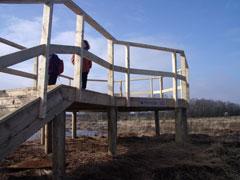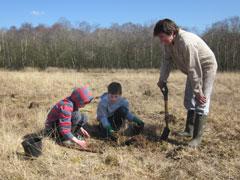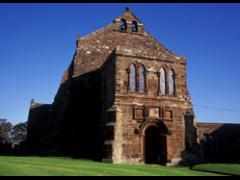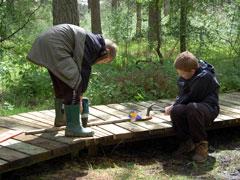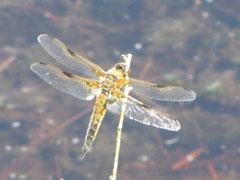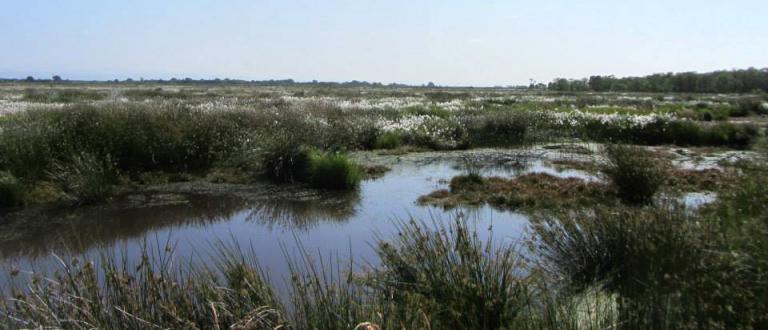
Domes of peat 10,000 years in the making
What is it?
The Solway mosses are peat domes which rise above the surrounding landscape. The formation of these bogs goes all the way back to the end of the last ice age, 10,000 years ago!
The retreating glaciers left behind a landscape of humps and wet hollows, which were filled in over time by dead plant material. The peat forming sphagnum mosses colonised these stagnant shallow pools, as dead material built up, the bog grew upward and outward to form the typical raised dome shape.
Why is it important?
The Solway Mosses are internationally important as they are among the last surviving remnants of a habitat rich in wildlife and history. 94% of lowland peat bogs in the UK have been damaged or destroyed due to peat extraction for domestic use or due to drainage for agriculture. As well as being an important refuge for wildlife, undamaged peat bogs store vast amounts of carbon and therefore play an important role in reducing global climate change.
How is it managed?
Where the bogs have been drained in the past, conservation organisations are now working to restore these habitats, through blocking old drainage ditches and creating pools where sphagnum moss and other bog vegetation can begin to re-grow.
Wildlife highlights!
Being raised above the surrounding landscape, the bogs are entirely rain water fed, creating nutrient poor, slightly acidic conditions. This environment supports a highly specialised, unique community of plants and animals. During the Summer, the bogs turn white with cotton grass coming out into flower. Look out for the carnivorous sundew which traps and ingests insects using specially adapted sticky leaf pads. Listen overhead for Snipe which create their distinctive drumming sound using modified tail feathers. The bogs are home to an array on uncommon butterflies including the large heath butterfly which is out on wing in June/July, and dragonflies, including the 4-spotted chaser. The bogs provide a refuge to uncommon reptiles; common lizards can often be seen basking on boardwalks.


